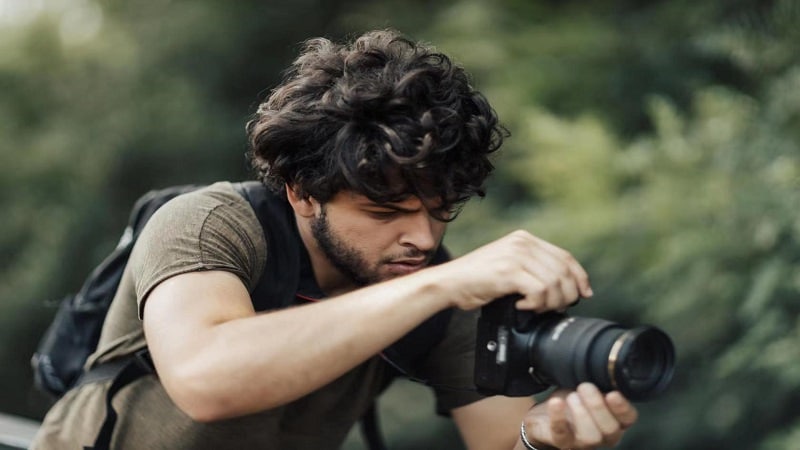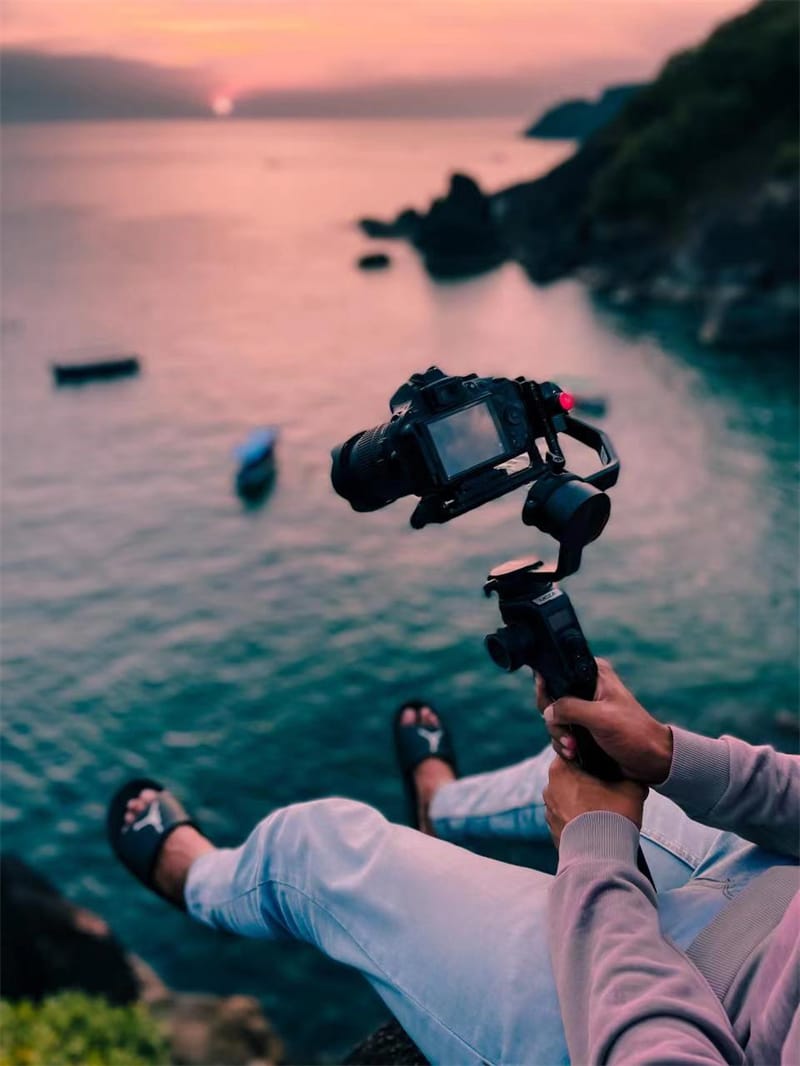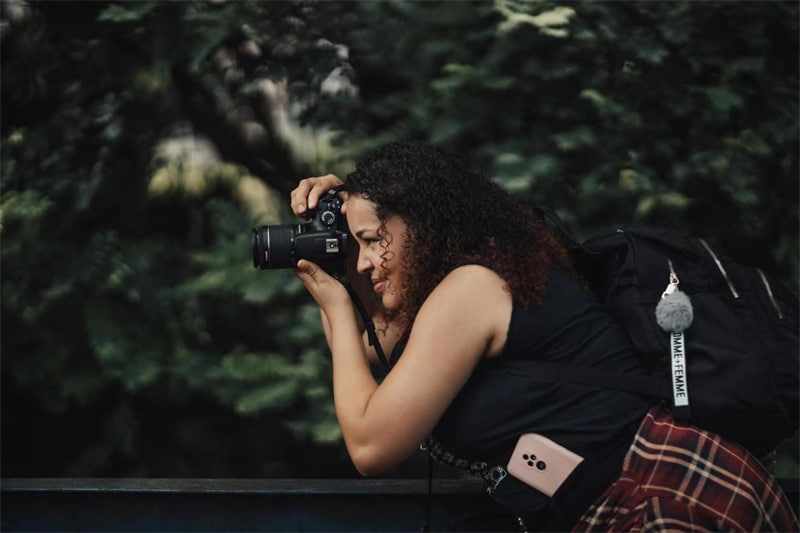
If you've decided to take photography seriously, you should think about buying a camera. But how do you make the right choice and not get lost in all the options?
In this article, you will learn which camera a beginner should buy and why. We will break down the most important things so that you have a structure that will help you make the right choice on your own. If you are determined to buy one of the most popular models and do not know which is better: Canon or Nikon, then read the article on Skylum's blog.
Remember that even the most experienced photo equipment salesman will not tell you exactly which option to choose for a beginner – everything is individual. But you should start with an inexpensive and functional camera, and you will be able to replace it when you become confident in your abilities and interested in professional optics.
Your Budget for a Camera
Your budget is the key to choosing your first camera. It is almost the same as with any other technique – the more expensive and higher quality the equipment, the higher the ceiling for a beginner. This means that your creative ideas will not be limited by the technical capabilities of the cameras.
However, there are always models that do a great job without requiring a huge budget. They are good for beginners – the price is not jacked up and the growth limit can only be reached by an established professional. Most of the time, these are successful models from previous generations, whose prices have dropped over time, but which have not yet become technically obsolete.
Main Types of Cameras

First of all, let's understand what the current types of cameras are. Compact cameras are very handy and easy to use but are not suitable for those who want to at least develop their photography. These are cameras for those who take pictures infrequently, mostly on trips and vacations, and don't want to think about settings and post-processing.
For a beginner photographer, interchangeable lens cameras would be better because they push that same limit of professional growth way up. Mirrorless cameras are a newer technology in photography. The benefits of mirrorless cameras:
- They're smaller and lighter than DSLRs, so they're easier to move around.
- Newer models have more efficient autofocus systems.
- They are often superior in video recording.
And what about DSLRs? On average, they're cheaper than mirrorless cameras. Even inexpensive devices have a decent viewfinder (you'll be framing your shot through it most of the time). There are usually lots of lenses available – both expensive and cheap.
Viewfinder
On DSLR cameras, the viewfinder is optical, which means you always see the scene as it is. The image is displayed without the settings that the camera is using (it doesn't show what ISO or shutter speed you've set). The optical viewfinder also does not affect battery power. It works even when the camera is turned off.
Full-Frame or Crop Sensor
A full frame is a great stock for the future and a great opportunity in the present. You get an image with more detail. A crop sensor is a more common option among beginners, mainly due to the lower price of the cameras themselves. However, their disadvantages compared to full-frame cameras are less detail, narrower frames, and noise in low light. These disadvantages are not too noticeable for most beginners.
Attention to Lenses
The camera body is only half the battle. The quality of the lens will directly determine the quality of the picture and even the genres of photography available to you. Each manufacturer has its form of the mount through which the lens is attached to the body.
You always need to keep in mind the cost and availability of optics for your camera. And in this regard, cameras from manufacturers like Canon and Nikon are especially good – there are plenty of lenses made for them to suit all tastes and prices.
Other Important Features

In addition to the basic features, it is important to pay attention to some of the following features:
- Autofocus. The newer the camera, the cooler the autofocus. The steeper the autofocus, the easier it is to shoot.
- Stabilization. Important for video and low light (evening and night) handheld photography.
- Protection from inclement weather. Cameras with weatherproof protection are more expensive.
- Size and weight. If compactness and lightness are a priority, the most universal option for you is a mirrorless camera.
Before you buy a new device, you need to hold the camera in your hand and take some test shots. A great option would be to rent the model you are interested in. Also, remember that novice and professional photographers alike use photo editors.
If you are just starting in this field, Luminar Neo with AI-based tools will be the best solution for you.










